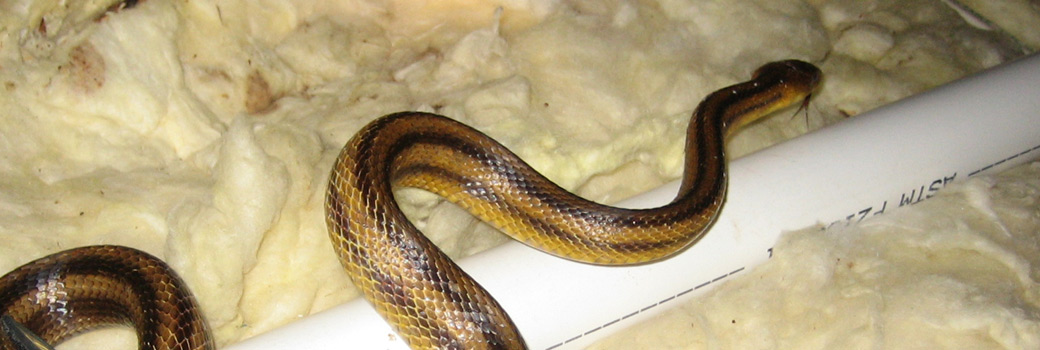- Cincinnati Educational Article of the Month - THE YELLOW RAT SNAKE: APPEARANCE, BIOLOGY, LIFE CYCLE, HABITAT, DIET, BEHAVIOR
THE YELLOW RAT SNAKE: APPEARANCE, BIOLOGY, LIFE CYCLE, HABITAT, DIET, BEHAVIOR
THE YELLOW RAT SNAKE: APPEARANCE, BIOLOGY, LIFE CYCLE, HABITAT, DIET, BEHAVIOR
Yellow rat snakes are one of the largest species available on earth, mostly found in the northern hemisphere. Studies reveal
that they pose no threat to humans, but there have been reports that some old species can be harmful, as they are discovered
to possess small amounts of venom. Here are some of the important things you need to know about this wonderful snake species.
Appearance
The Cincinnati rat snakes have this striking appearance that is captivating with a pleasant look. With over 50 kinds of sub-species reported across
the world, they are usually greenish in color with a yellow-brownish tinted body. Also, there are four dark stripes that run along the
lengths of their body which changes color based on the environment the yellow rat snakes found themselves. They can grow as big from 5
feet up to ten feet depending on the nature of the Ohio species.

Biology
The yellow rat snakes are a class of reptilia from the animalia kingdom whom have, each year in the early summer and late spring
tend to reproduce new breed. The male Ohio yellow rat snakes tend to be passive when it comes to courting, as they tend to wait for
female species to pass around their territory instead of going after them. The female species can lay up to 35 eggs in a single
clutch, which has the average incubation period to be between sixty and seventy days.
Behavior
They are known to be active Cincinnati reptiles at night, and they sometimes hangout during the day if the Ohio location is suitable for
them, but their behavior generally varies according to the regions they live. In some regions, yellow rat snakes tend to
be aggressive while in other regions they are soft and less aggressive. The baby yellow rat snakes are reported to be more
dangerous and more prone to bite in defence than the adult species. The captive rat snakes are friendlier than the wild ones,
but they used to fend off humans as they would to other predators.
Habitat
The Ohio yellow rat snakes species are found throughout the northern hemisphere and some regions of the United States. They
tend to live by the coastal regions, thick forest, hills, abandoned buildings, floodplains, farmlands, swamps, among others.
Diet
Studies reveal that most common food of this type of Cincinnati snake is rats; they can go to any length to get a rat. Other notable
foods they feed on include: mice, rodents, and smaller birds, and more.
Life cycle
Their life expectancy varies according to the environment they find themselves and other factors attached.
However, the wild yellow rat snakes have an average life span of 10 to 15 years on proper feed, while the ones on captive can live above 20 years.
To learn more about our services, visit the Cincinnati wildlife removal home page.

